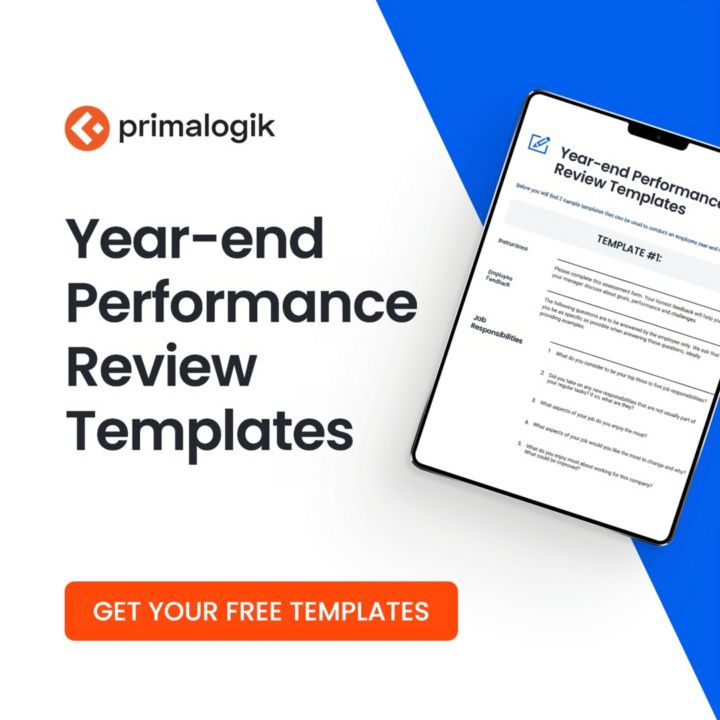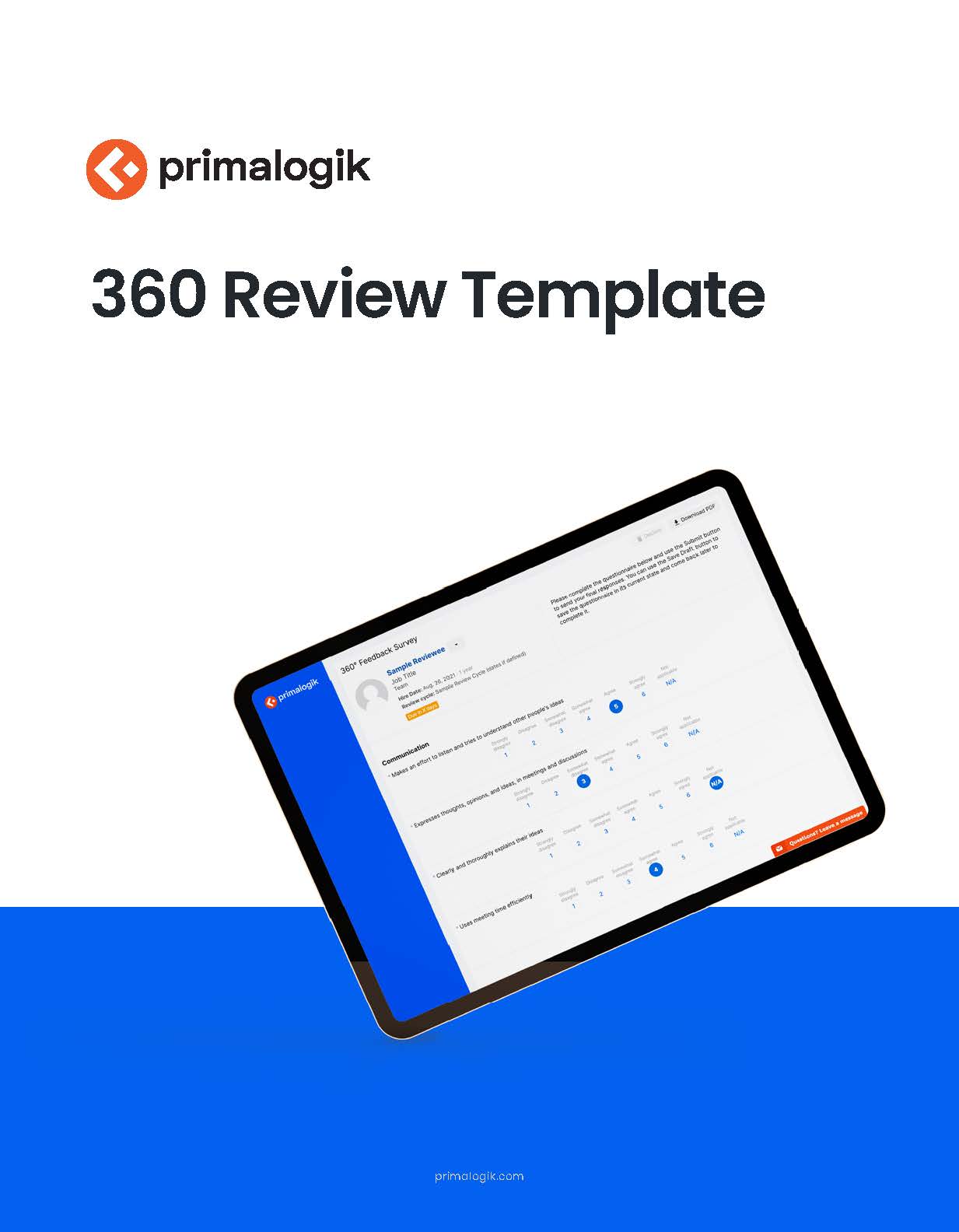In recent years, many companies have been shifting away from traditional performance management systems and toward a new method of doing things: continuous performance management. These changes have quietly revolutionized the performance management process, delivering more valuable insights for today’s fast-paced work environment. In this article, we’ll explore what continuous performance management involves, why it matters, and how to implement it successfully.
Table of Contents
- What Is Continuous Performance Management?
- Why Continuous Performance Management Matters
- Key Components of Effective Continuous Performance Management
- Best Practices for Implementing Continuous Performance Management
- Success Story: Adobe Adopts a Continuous Performance Management Approach
- Common Challenges and How to Overcome Them
- The Future of Continuous Performance Management
What Is Continuous Performance Management?
Continuous performance management is an agile approach to enhancing productivity and quality of work. Let’s examine how it differs from traditional performance management in several key dimensions.
Timing
Instead of relying on check-ins that happen annually, or just a few times a year, continuous performance management prioritizes ongoing feedback and learning. This allows managers to provide more timely and relevant insights that improve individual and team efforts, ultimately benefiting the business.
Goal Alignment
With traditional performance management, company and individual goals may have shifted dramatically by the time the review process occurs. So, feedback won’t necessarily feel relevant to an employee’s current work. Plus, employees lack the guidance they need on a daily and weekly basis. By the time their manager reviews their work on a particular project, they may have already completed it. In other words, traditional performance management misses valuable opportunities to enhance employees’ efforts—and to help them get back on track when need be.
Feedback Loops
To provide ongoing growth and learning, continuous performance management uses feedback loops. In essence, these feedback loops are systems used to share and discuss regular input on performance with employees. They can include technological solutions as well as communication processes. For instance, managers can use employee feedback tools to share quick feedback with direct reports. Then, they can hold weekly one-on-ones to address challenges and solutions. Normalizing these tools and routines fosters healthy feedback loops that deliver up-to-the-moment insights on performance.
Why Continuous Performance Management Matters

Continuous performance management best fits the context of contemporary work. Let’s explore why and how.
Evolving Workplaces
With the increase of remote and hybrid work models, continuous performance management is becoming more relevant than ever. When working remotely, it’s crucial to create frequent touchpoints for checking in with employees about their progress. Otherwise, a remote employee could easily begin feeling disconnected or confused about their role and expectations. And today, technological advancements facilitate the use of this highly effective performance management method.
Engagement and Retention
Continuous feedback boosts employee satisfaction and reduces turnover. In fact, 80% of employees who have heard developmental feedback in the past week are highly engaged.
Frequent feedback makes professional growth feel achievable, which greatly boosts motivation. Through real-time feedback, managers can share input in “small, manageable doses,” as the Society for Human Resource Management (SHRM) says. In contrast, sharing a year’s worth of criticism through one annual appraisal can be catastrophic to growth and performance, adds SHRM. The latter feels overwhelming and demoralizing, while the former lets employees and managers create actionable plans with achievable short-term development goals.
Furthermore, employees who receive ongoing personal development are less likely to leave their organization, research shows. So, continuous performance management can contribute to higher retention as well.
Business Outcomes
In today’s agile work environments, continuous performance management benefits businesses in multiple ways:
- Enhancing productivity
- Ensuring alignment with business goals
- Fostering organizational growth
Using software solutions, companies can track employee engagement metrics and make changes in real-time when needed. They can also track team-level goal achievement, productivity, training completion, and other key indicators of success. HR and managers can then launch timely initiatives to enhance performance.
For all of these reasons, many companies are adopting continuous performance management as an alternative, or complement, to the traditional appraisal.
Key Components of Effective Continuous Performance Management

Continuous performance management systems include four key elements:
- Frequent check-ins
- Real-time feedback
- Goal-setting and tracking
- Personal development plans
Let’s discuss each of them in more detail.
Frequent Check-Ins
Regular manager-employee conversations are the backbone of continuous performance management. In these one-on-ones, managers share detailed feedback on employees’ progress and help them create actionable plans for growth. Together, employees and managers can reflect on progress toward goals, discuss growth opportunities, and set priorities for the coming week.
Real-Time Feedback
With continuous performance management systems, managers share feedback in the moment, responding to concerns or small wins they’ve noticed in real-time. Employees can then correct small mistakes before they veer further off track. As they apply new skills and knowledge, they’ll also learn whether they’re doing so correctly. And just as importantly, they’ll be able to more confidently move forward when they’re doing well. In these ways, ongoing feedback loops help employees grow and improve faster.
Goal-Setting and Tracking
Setting SMART goals and OKRs (objectives and key results) provides employees with clear direction in their work. Plus, it lets managers give them relevant feedback that enhances their progress in key areas. Managers can easily calibrate performance when referring to a set of SMART goals and OKRs that specify clear targets.
Personal Development Plans
Continuous performance management empowers employees by offering personalized growth opportunities. Managers should ask employees about their career ambitions, then look for learning resources and training options that match their needs. They can occasionally focus their entire one-on-one on discussing the employee’s career path.
Best Practices for Implementing Continuous Performance Management

Deploy these strategies to continuously enhance your team’s performance and engagement.
Create a Feedback Culture
A feedback culture encourages open communication and trust. To instill this culture, managers can model how to ask for, as well as give, constructive feedback. They should also give bite-sized feedback and praise throughout the day. In doing so, they should act as a coach rather than critic, prompting employees to think through challenges and serving as a sounding board. Additionally, organizations can leverage 360 feedback software to facilitate peer-to-peer feedback-sharing.
Utilize Technology
Leverage performance management software that aids in tracking goal achievement. Such tools allow you to calibrate performance on a daily basis. Plus, employees can proactively monitor their own performance with the help of such technology. At a glance, they can understand whether they’re meeting expectations and where they need to improve.
Train Managers in Sharing Feedback
Equip managers with the skills to give meaningful, actionable feedback. Provide workshops where managers can practice sharing feedback with each other (and receive feedback on their efforts). HR can also share input on how managers can improve their feedback-sharing conversations, based on these observations and employee input from 360 reviews.
Involve Employees in Collaborative Goal-Setting
Guide employees in setting their own goals to foster accountability. Based on feedback they receive, they can set both weekly and longer-term goals in collaboration with their manager. Managers and employees should refer to the organization’s cascading goals as they set individual goals together. Then, they can establish OKRs that illustrate what success looks like for each goal.
Re-align Goals Continually
With continuous performance management, managers and employees regularly assess whether team and individual goals align with high-level goals, as the British Council writes. As company-level goals shift, they set new cascading goals to help meet them. This ensures that individual and team goals support broader organizational objectives.
Success Story: Adobe Adopts a Continuous Performance Management Approach
Adobe switched from traditional to continuous performance management in recent years, with great success. Within two years, it had saved 80,000 manager hours and decreased turnover by 30%, writes Herman Aguinis in Performance Management. Using a digital-first performance management approach, Adobe implemented a comprehensive system for tracking goal achievement and personal growth.
Currently, the company uses a performance management dashboard for tracking goals, results, and growth, says Chief Talent, Diversity and Inclusion Officer Brian Miller. “This includes inputting individual goals for the year, tracking progress on how their work aligns with personal goals and business KPIs, and documenting key takeaways based on quarterly conversations with managers and feedback from colleagues,” he writes. “The new dashboard allows employees to ask for and provide feedback to their colleagues anytime, which promotes ongoing learning.”
All of this helps employees to better prioritize and structure their work, Miller asserts. And the culture of ongoing feedback it supports builds employees’ confidence, letting them know when they’re on the right track.
Common Challenges and How to Overcome Them
Let’s review a few common hurdles in implementing continuous performance management—and how to surmount them.
Employee Fears about Being Constantly Evaluated
Employees might fear that continuous feedback equates to constant evaluation, which can feel disconcerting. After all, no one wants to feel like they’re under a microscope. Reassure them that managers will be acting as supportive coaches, not critics— and that feedback won’t actually be constant. Managers won’t be reaching out every five minutes with input (which would indeed feel overwhelming to all involved!). Instead, they might reach out several times a week with pointers, encouragement, or praise. Once employees realize this, they’ll probably begin welcoming the chance for feedback and frequent check-ins.
Manager Concerns about Workload
Managers and company leadership may feel some resistance to the idea of continuous feedback, too. They might worry about the feasibility of sharing constant input, fearing it might cause their workload to spike. But in reality, it will make people management easier. Instead of dealing with the effects of unaddressed performance issues, they’ll help employees continuously progress to a higher level. This actually saves significant time by helping employees improve the quality of their work and their overall productivity. In turn, all of these improvements will reflect positively on the manager’s own leadership skills!
Hesitance to Embrace New Technology
Sentiments about adopting new technology can pose a barrier, too. Strive to integrate new tools without overwhelming the team by choosing an intuitive, straightforward solution. Also, don’t unleash too many tools at one time—even if they’re easy to use, that can feel overwhelming. Instead, unroll one at a time, giving employees several months to get used to it. Provide lots of coaching in how to effectively use each tool using these strategies:
- Model how to utilize the tool’s features.
- Cultivate ambassadors for the tool among both managers and employees.
- Publicly recognize managers who are using the tool well, explaining what they’re doing and how it has benefited their team. Then, other managers can follow their lead.
With the help of these strategies, you’ll successfully unveil and begin utilizing a continuous performance management system.
The Future of Continuous Performance Management
Let’s explore a few of the exciting new trends we’ll see in the future of continuous performance management.
AI and Automation
Performance analytics derived from AI, and automated methods of sharing these insights with employees, will become more commonplace in the coming years. For instance, a system that employs AI could automatically share quick progress updates with employees. Such tools would ensure employees have up-to-date insights on their progress, even when their manager is busy with other tasks. Of course, feedback and advice from their manager will remain crucial!
Customization
Increasingly, we’ll see companies tailoring their performance management systems to their team’s distinct needs, or to individual needs. Bespoke software suites will allow them to select the tools they most need and then customize features to match their feedback-sharing preferences, goal-setting practices, and review cycle schedules.
Trend-Forecasting
One of the greatest benefits of continuous performance management systems will be their ability to predict workforce trends. Through a complex range of analytics, they’ll empower managers and HR to respond promptly to any issues appearing on the horizon. For example, AI might begin to spot signs of employee dissatisfaction based on lower engagement and goal-achievement before busy managers do. At the first warning signs, managers can work to empower and motivate employees. These tracking measures can occur continuously, allowing managers to respond to issues in real time.
Authentic Interpersonal Relationships
Authentic conversations between managers and employees are the cornerstone of continuous performance management, write Eric Mosley and Derek Irvine in Making Work Human. Performance-tracking systems provide valuable data, but these discussions leverage it to catalyze real growth. Discussing feedback one-on-one is critical to employee success, no matter what tools you’re using, research shows. Moreover, the rapport and trust built through one-on-ones dramatically enhances engagement and morale. With the prevalence of hybrid and remote work, it will be increasingly important for managers to prioritize these authentic conversations.
By sharing continuous feedback with employees and guiding them in setting goals, you’ll ensure their ongoing development. In turn, supporting their professional growth will boost retention and enhance your organization’s success. Continuous performance management solutions will make all of this possible, facilitating daily goal-tracking and feedback-sharing that leads to stronger outcomes at every level.
Learn how Primalogik can help you track goals and share continuous feedback—demo our performance management solution!





